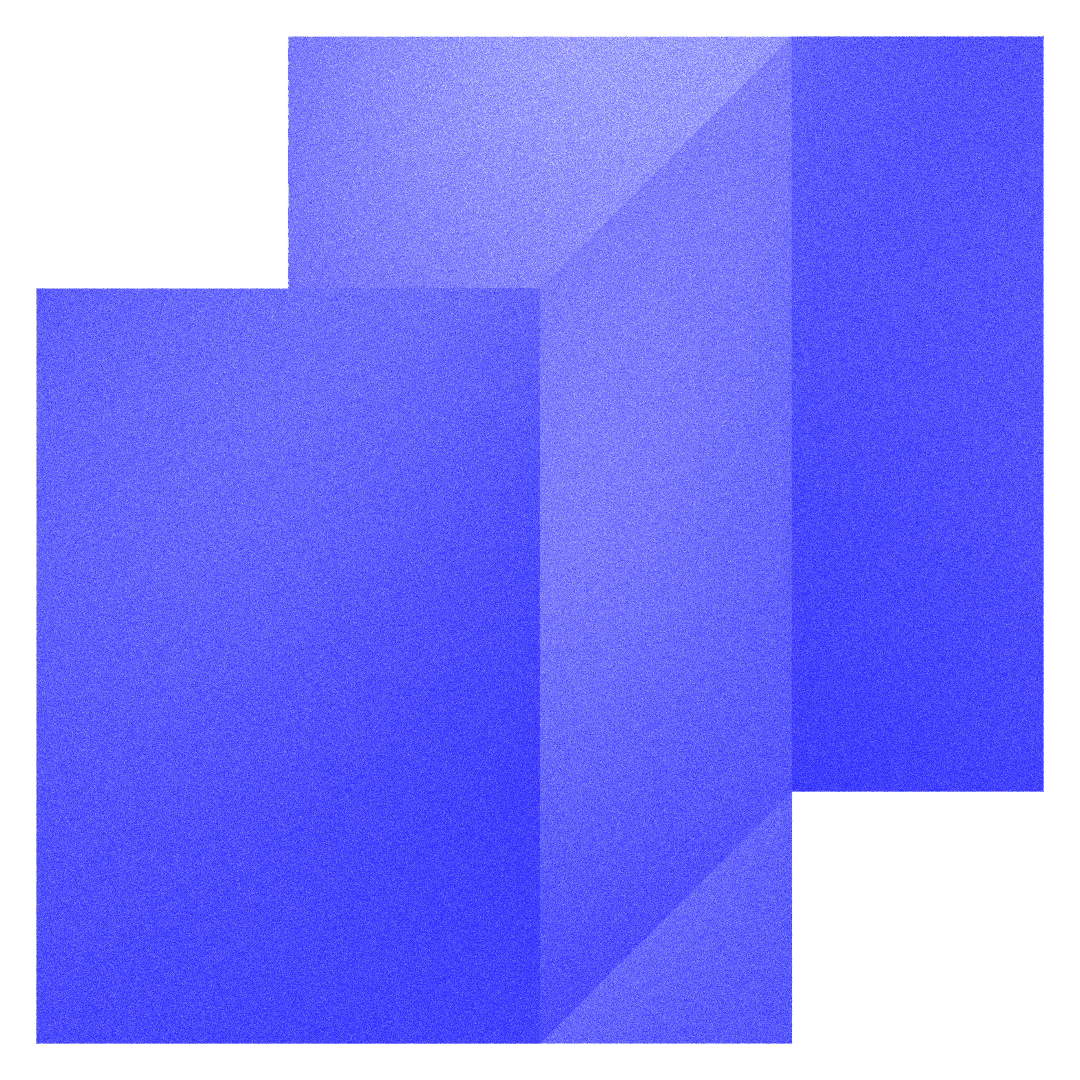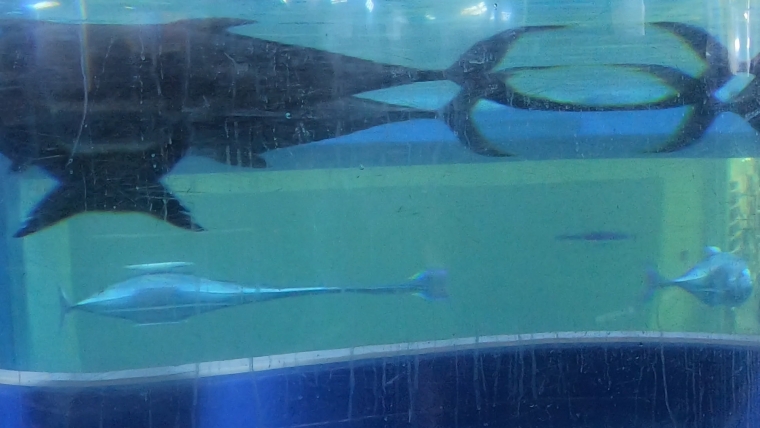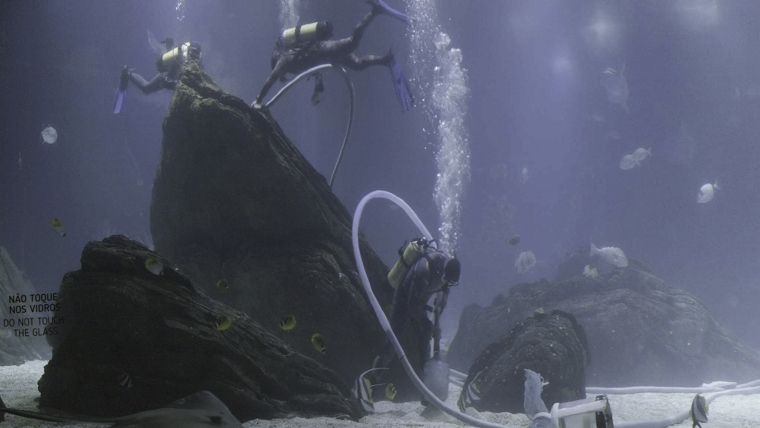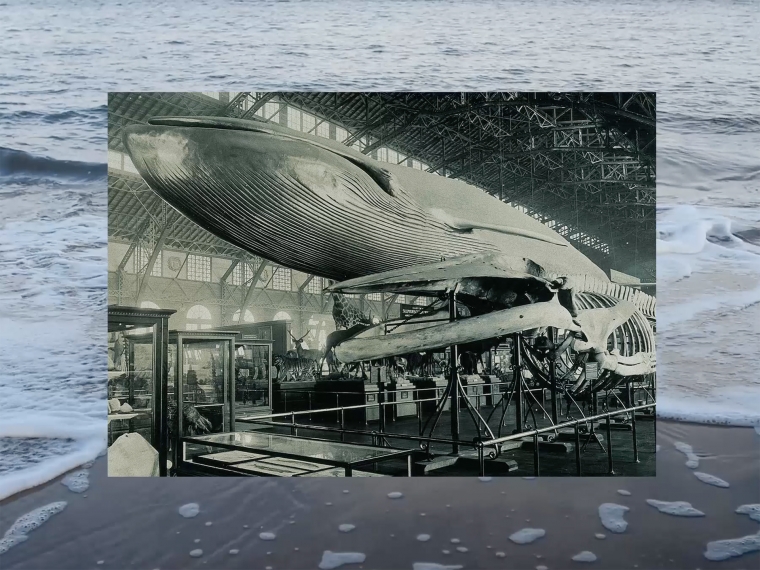The Listening Glass
Using the aquarium as an interface between human and non-human, the series of voices presented in the exhibition Aquaria – Or the Illusion of a Boxed Sea give greater depth to other interfaces insofar as interaction with the marine dimension is constructed and how it relates to human perception.
Curators, researchers, writers, marine biologists and scientists contemplate a new form of situated knowledge – one in which knowing, feeling and communicating potentially foster new forms of solidarity and justice towards others, more-than-human beings.
— Angela Rui, curator

PHILIPPE-ALAIN MICHAUD
Liquid Cinema
The aquarium was one of the imaginary models on which cinema, from its birth, came to configure itself and which, throughout its history, left its persistent mark on the way we perceive and understand moving images.
“The aquarium that Etienne Jules Marey embedded in the wall of his villa in the 1880s overlooked the Gulf of Naples. A sliding iron curtain made the landscape behind it appear and disappear, producing hybrid depth effects that probably simulated escamotage, the process by which an illusionist removes a body on a stage from the audience's field of view. This term as it applies to cinema will be adopted to designate the intermittent advancement of the film as it passes through the camera projector, appearing and disappearing behind the curtain of the shutter.”
Philippe-Alain Michaud is a curator at the Musée National d’Art Moderne – Centre Pompidou in Paris, where he’s in charge of the film collection and teaches history and theory of cinema at the University of Geneva. He’s the author of books like Aby Warburg and the Image in Motion, Le peuple des images and Sur le Film. He has curated several exhibitions, like Le mouvement des images, Nuits électriques or Beat Generation, and many other.
|
In Aquaria, the voice of Philippe-Alain Michaud is presented in the context of the exhibition’s cluster entitled “Mediating Aquatic Visualisation”. |
|
FILIPA RAMOS
She, Argonaut
This is a short story about a woman's love for nature, a fable of interspecies curiosity and imagination, an account of ecofeminist alliance, and the history of naturalist Jeannette Villepreux-Power, who invented the first modern aquarium.
“For me, it seems highly plausible that the thin, fragile and translucid cases built by the female argonauts to sprout their own offspring, these bubbles of salt water floating on the sea, inspired Jeannette to conceive the aquaria, which were also fragile and translucent cases, built not by a female octopus, but by a female scientist, to breed and keep the animals, by containing a sample of their aquatic environment within a protective setting.”
Filipa Ramos is a writer and curator based in London. Her research focuses on how art and culture address ecology and in particular on the modes in which contemporary art fosters interspecies relationships across humans, nonhumans and machines. She keeps lecturing positions in Basel and London. She’s curator of Art Basel Film and founder curator of Vdrome, a programme of screenings of films by visual artists and filmmakers, and co-curator of Bodies of Water, the 13th Shanghai Biennale (2021). Her upcoming book, The Artist as Ecologist, will be published in 2022.
|
In Aquaria, the voice of Filipa Ramos is presented in the context of the exhibition’s cluster entitled “The Aquarium as a Semiotic Device”. |
|
DAVID GRUBER
Pakicetus
Taking marine vision beyond the human perspective, the contribution discusses the challenges of relating to lifeforms – with and without eyes – and the role of care and gentleness towards other, more-than-human species, including those we still understand little or nothing about.
“When I did this, so many questions came up, because of course the shark doesn't have a human eye and doesn't see the world as a human sees it, but once we give a try, we try to see the world through their eyes, it's an important step, because it’s recognising the shark as the other, as a different animal and something that has unique things that we don't have.”
David Gruber is a professor of biology at the City University of New York. His transdisciplinary research builds bridges between marine biology, biophysics, climate science, and animal communication and examines the underwater world from the perspective of its marine citizens.
|
In Aquaria, the voice of David Gruber is presented in the context of the exhibition’s cluster entitled “The Aquarium as a Staging Machine”. |
|
CARSON CHAN
Birth of Nature
The invention of the aquarium in the mid-nineteenth century did much more than offer people a view on underwater life for the first time. Carson Chan argues that, in fact, our modern concept of nature was invented by aquariums.
“The aquarium allows us the illusion of being in control of Nature. It’s a powerful illusion, and one that requires urgent attention at this moment of planetary ecological crisis.”
Carson Chan is an architecture writer and curator. He is one of the founding editors of Current, a collective focused on the study of architecture history and environment, which sees history writing as an activist pursuit that frames and directs future pathways. His doctoral research at Princeton School of Architecture traces the development of postwar public aquariums in the US alongside the rise of environmentalism. He is a lecturer at Weitzman School of Design, and Life Forms is the title of his most recent book.
|
In Aquaria, the voice of Carson Chan is presented in the context of the exhibition’s cluster entitled “World–Making for Wet Futures”. |
|
DERYA AKKAYNAK
Seeing Through the Ocean
In Turkish, Derya means “ocean”. Paradoxically enough, the narration by the scientist evolves around the search for herself in the ocean – to find solace after the loss of her mother – and the invention of the Sea-thru algorithm that removes the blue from marine imagery, and through which the ocean floor appears as a flowery, comforting garden.
“Actually, that’s the problem I solved. That blue is actually a problem. Because when the water itself is blue, it hides the colour of everything else behind it, hides the colour of everything else in the ocean. … now we can start studying the blue planet, but without the blue, with all its colours. We will learn more and faster. And you know what? Maybe that's good news for the ocean.”
Derya Akkaynak is a Turkish engineer and oceanographer whose research focuses on problems of imaging and vision underwater. She has professional, technical, and scientific diving certifications and has conducted underwater fieldwork from the Bering Sea to Antarctica. Akkaynak is an honoree for the 2019 Blavatnik Awards for Young Scientists in physics and engineering for her post-doctoral research resolving a fundamental problem in underwater computer vision – the reconstruction of lost colors and contrast which lead to the development of the Sea-thru algorithm. She currently works at Harbor Branch Oceanographic Institute in Ft. Pierce, Florida.
|
In Aquaria, the voice of Derya Akkaynak is presented together with Stef Veldhuis’ Sound of the North Sea (2019), both concluding the exhibition. |
|
The visual identity conceived by studio òbelo for Aquaria – Or the Illusion of a Boxed Sea aims to trigger a self-reflective awareness of the ambiguities of perception. The aquarium is conceptualised through a series of impossible forms based on the Necker cube (1832). Impossible objects, also known as undecidable figures, act as a kind of optical illusion consisting of a two-dimensional figure which is instantly and subconsciously interpreted as representing a projection of a three-dimensional object – not unlike a “boxed sea” mise-en-scène.
“maat Explorations” is an ongoing programme that delves into the socio-cultural and environmental transformations concerning the current bio crisis and ecological destruction, providing insight into the hard science of climate intervention and the creative speculations behind innovation-led research to safeguard our planetary co-existence.
The exhibition Aquaria – Or the Illusion of a Boxed Sea (maat, 18/03 – 06/09/2021) reflects on the possibilities and new questions that arise when rethinking our relationship with the marine world. Curated by Angela Rui, the exhibition path unfolds through 11 installations offering different points of view to emphasise how the ways of understanding the marine environment were once designed and how they should be reconsidered today.










